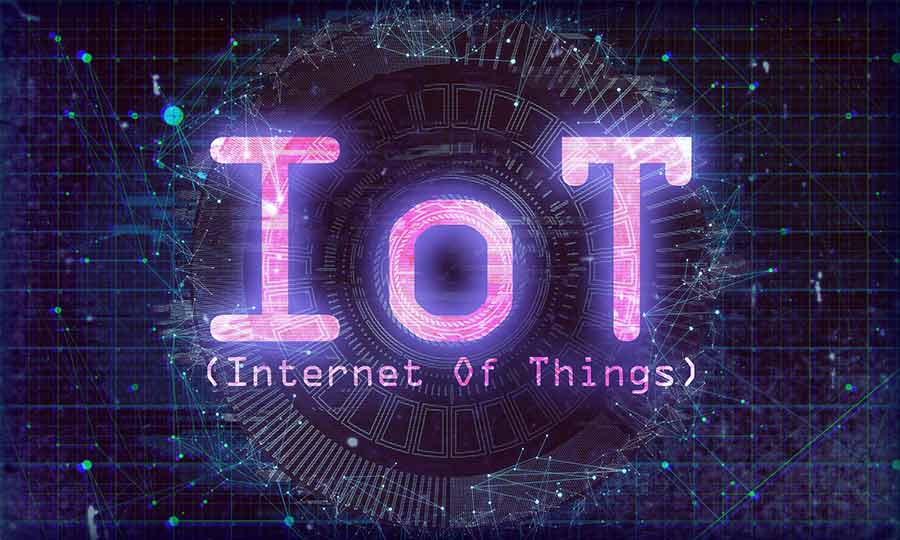Over the past year, 5G technology has been at the forefront of these conversations. While 5G continues to evolve and deploy globally, we’re also seeing an increased demand for connectivity in instances where 5G isn’t the appropriate fit.
Society is becoming more and more reliant on connectivity for everyday life. As the demand continues to grow, technology is evolving with it, and there seems to be a network or protocol that delivers to every type of use case.

Alternative technologies that are offering low power and flexible bandwidth for IoT deployments are playing a significant role in filling the gap 5G is creating.
With connectivity becoming increasingly available, the impact it has and will continue to have on society is immense.
For 5G, this opens doors for a variety of industries like healthcare and education; surgeons can perform remote surgeries in rural areas with understaffed hospitals, while teachers will receive more access to online materials, and can even educate students from afar.
This impact is significant, however as 5G is in its early stage, not everyone has the broadband coverage or hardware in place to support the technology. Additionally, 5G may not be the best suited solution for every application. So, who fills this connectivity gap, and how?
While there is a growing demand for society to be more connected than ever before, not all use cases have the same needs, and therefore adaptability and choice are imperative.
Marc Pégulu
Semtech is driving low power, wide area network (LPWAN) and sensor deployments for the IoT market, which can be leveraged across verticals, from smart homes and buildings, to asset tracking and even COVID-19 solutions. This type of technology has proved to be the solution of choice for those requiring ultra-low power given its scalability, flexibility and that it’s easy to implement.
Individuals and business owners across industries are leveraging this technology to serve their unique needs and distinct use cases where devices are battery operated and need to last in the field for significant periods of time. While 5G may be the best choice for smartphone connectivity, LoRa can solve the problems unable to be addressed by 5G – specifically when it comes to its range and cost.
The rollout of 5G has swept much of the conversation in 2020, its speed – a major selling point for the network – is seemingly hard to come by, and accessibility and user location play a significant role in this. As a result, 5G is harder to deploy and access than originally anticipated.
LoRa on the other hand is accessible and heavily relied on when it comes to IoT applications and deployment, and devices leveraging the technology are simple to deploy for workers with an existing infrastructure and network in place. Additionally, the protocol has a communication range that reaches more than 6 miles, which is further than 5G’s mmWave variant, and LoRa devices’ long range and low power capabilities gives it the power to penetrate physical structures where 5G signals cannot.
One of the most important factors driving LoRa-enabled deployments is the cost effectiveness of its network architecture and last mile expansion without needing a licensed spectrum.
The reduction of overhead costs, coupled with its extensive battery lifetime of up to 10 years, makes the protocol more accessible and appealing for organizations looking for long term investments.
Marc Pégulu
On the other hand, a McKinsey report predicts that approximately $700 – $900 billion will go into the initial installations of 5G, covering about 25% of the world’s population – in mostly wealthy areas – over the next decade. With 5G, accessibility is limited to those who are not only in areas with proper infrastructure in place, but who are willing and able to pay significantly more.
While there is a growing demand from consumers and businesses to stay connected, it’s imperative that a variety of sources are able to deliver just that. As some industries and use cases will rely on 5G, others will find value in turning to LPWAN and sensor deployments to effectively monitor and track assets across various industries; the goal is to ensure everyone has access to the proper resources.











